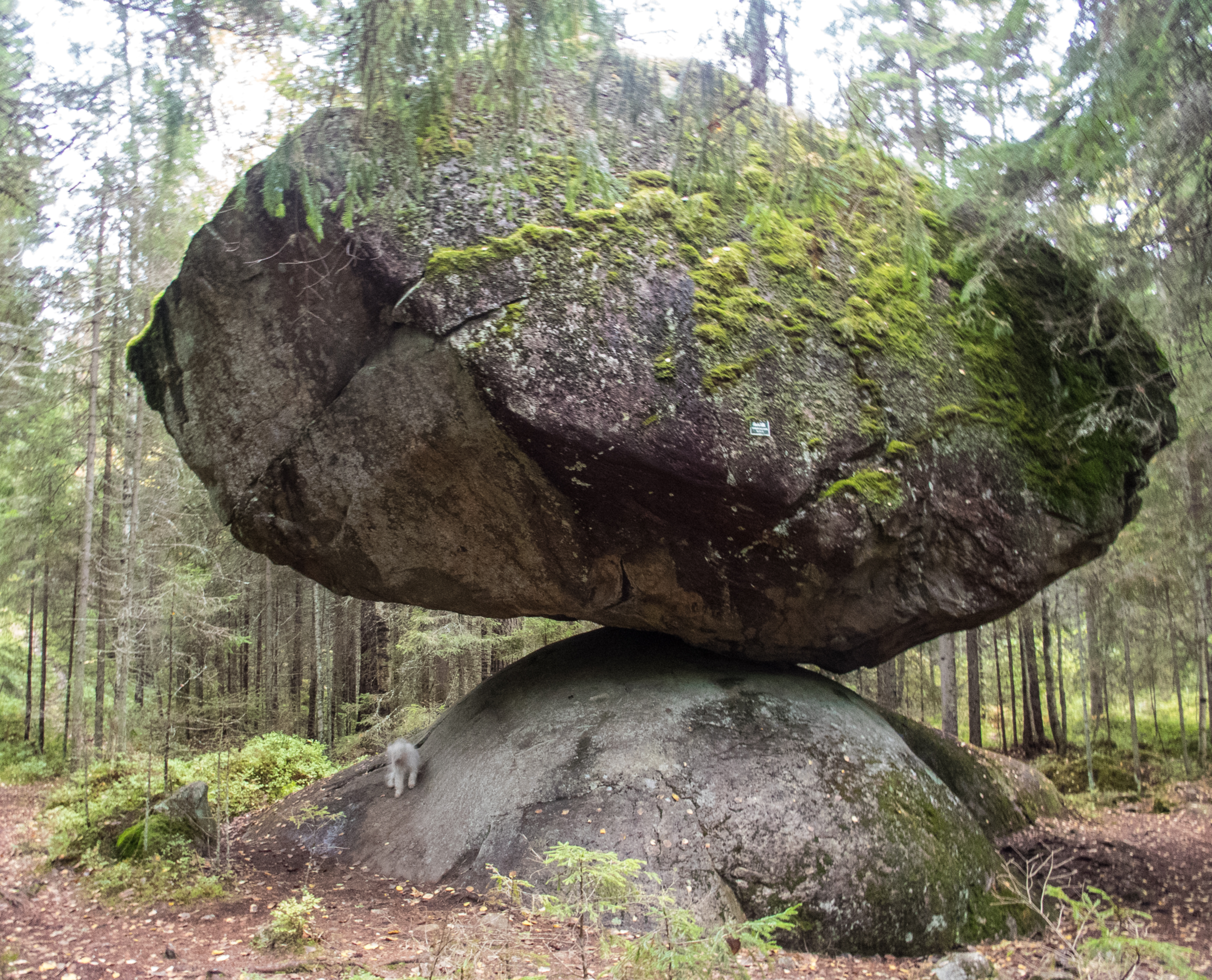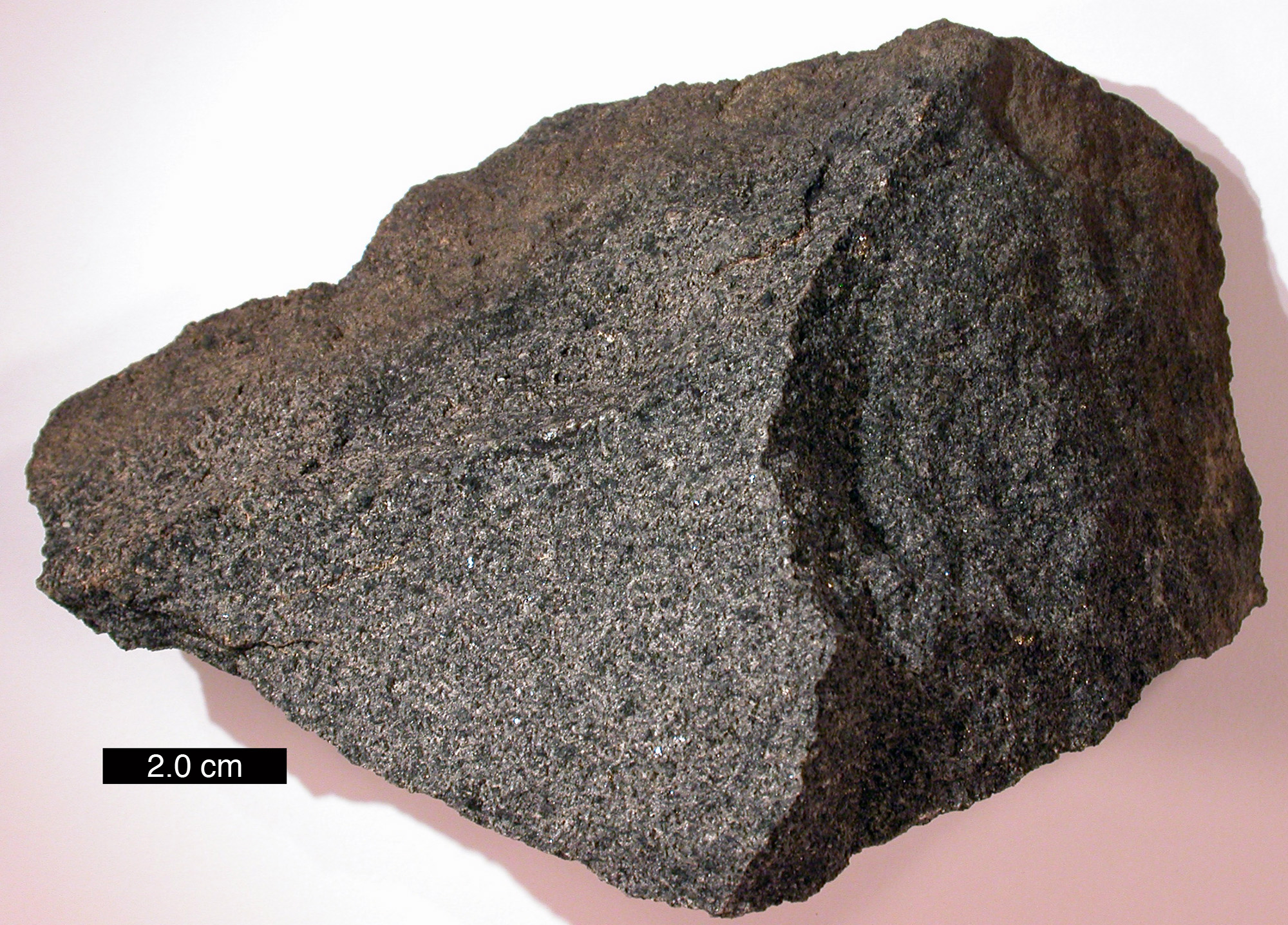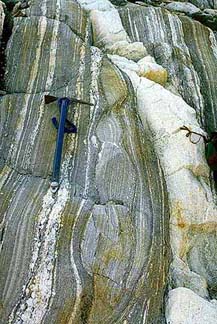|
Stones Fan Museum
The Stones Fan Museum is a museum in Lüchow in Lower Saxony, Germany, that was founded in 2011. It is dedicated to the British rock band The Rolling Stones. The museum is a member of the Museumsverbund Lüchow-Dannenberg. History and background The museum was opened in May 2011, when the museum was still under construction. Fans from several European countries attended the opening. The founder of the museum is Ulrich (Ulli) Schröder, a former bank employeeNDR KulturjournalEröffnung Stonesmuseum Lüchow May 2011 and fan from the beginning. In 1965, when he was 15 years old, he visited all three concerts of the Stones in Germany.West-Kurier 23 April 2017 The construction of the museum was completed in April 2012. The museum has been established in a former supermarket, and has an exhibition area of 1,000 square metres. From the district government of Lüchow-Dannenberg he was granted a tourist incentive of 100,000 euros. A delegation from Universal Records came to Lüchow to ... [...More Info...] [...Related Items...] OR: [Wikipedia] [Google] [Baidu] |
Lüchow
Lüchow (Wendland) () is a city in northeastern Lower Saxony, in Germany. It is the seat of the ''Samtgemeinde'' ("collective municipality") Lüchow (Wendland), and is the capital of the district Lüchow-Dannenberg. Situated approximately 13 km north of Salzwedel, Lüchow is located on the German Framework Road. In the Polabian language, Lüchow is called ''Ljauchüw'' (''Lgauchi'' or ''Lieuschü'' in older German reference material). In Lüchow one can find the Stones Fan Museum. The museum is designated to the Rolling Stones and was founded in 2011. Geography The river Jeetzel, a tributary of the Elbe, flows through the city.Klaus Rohmeyer and Hans Jürgen Hansen, ''Land zwischen Heide und Meer'', Süddeutscher Verlag (publisher), 1979, page 107. The surrounding landscape was created by glacial action, rising in the west, lower in the east. A total of 89 km2 are within the limits of the city, which is divided into 24 boroughs: Several of the boroughs are named ... [...More Info...] [...Related Items...] OR: [Wikipedia] [Google] [Baidu] |
Tongue And Lips Logo
The tongue and lips logo or alternatively the lips and tongue logo, also known as the Hot Lips logo, or the Rolling Stones Records logo, or simply the Rolling Stones logo, is a logo designed by the English art designer John Pasche for the rock band The Rolling Stones in 1970. It has been called the most famous logo in the history of popular music. The logo has remained on all post-1970 albums and singles by the Rolling Stones, in addition to the band's merchandise (from t-shirts to fire lighters) and their stage sets. History The Rolling Stones needed a poster for their 1970 European Tour, but they were unhappy with the designs that were offered to them by their then record company Decca Records. The band began to look for a design student to design not only the poster, but also a logo or symbol which could be used on note paper, a programme cover and a cover for the press book. John Pasche was in his third and final year at the time on his Master of Arts degree at the Royal ... [...More Info...] [...Related Items...] OR: [Wikipedia] [Google] [Baidu] |
Music Museums In Germany
Music is generally defined as the art of arranging sound to create some combination of form, harmony, melody, rhythm or otherwise expressive content. Exact definitions of music vary considerably around the world, though it is an aspect of all human societies, a cultural universal. While scholars agree that music is defined by a few specific elements, there is no consensus on their precise definitions. The creation of music is commonly divided into musical composition, musical improvisation, and musical performance, though the topic itself extends into academic disciplines, criticism, philosophy, and psychology. Music may be performed or improvised using a vast range of instruments, including the human voice. In some musical contexts, a performance or composition may be to some extent improvised. For instance, in Hindustani classical music, the performer plays spontaneously while following a partially defined structure and using characteristic motifs. In modal ... [...More Info...] [...Related Items...] OR: [Wikipedia] [Google] [Baidu] |
List Of Music Museums
This worldwide list of music museums encompasses past and present museums that focus on musicians, musical instruments or other musical subjects. Argentina * – Mina Clavero * Academia Nacional del Tango de la República Argentina – Buenos Aires * – La Plata * , dedicated to The Beatles – Buenos Aires Armenia * House-Museum of Aram Khachaturian, dedicated to Aram Khachaturian – Yerevan * Charles Aznavour Museum, dedicated to Charles Aznavour – Yerevan Australia * National Film and Sound Archive – Acton, Australian Capital Territory * Tandanya National Aboriginal Cultural Institute – Adelaide, South Australia * National Library of Australia – Canberra, Australian Capital Territory * Australian Country Music Hall of Fame – Tamworth, New South Wales * Slim Dusty Centre – Kempsey, New South Wales * Grainger Museum, dedicated to Percy Grainger – University of Melbourne, Victoria * Australian Performing Arts Collection – Melbourne * Arts Centre Mel ... [...More Info...] [...Related Items...] OR: [Wikipedia] [Google] [Baidu] |
List Of Museums In Germany
This is a list of museums and galleries in Germany. Baden-Württemberg Bavaria Augsburg * Augsburg Puppet Theater museum * Augsburg Railway Park * Fuggerei museum * German Ice Hockey Hall of Fame Bayreuth * Kunstmuseum Bayreuth Eichstätt * Jura Museum Feucht * Hermann Oberth Space Travel Museum Kempten * Alpin-Museum, largest museum in Europe of the history of the Alpes Munich ;Art museums * Alte Pinakothek * Bavarian National Museum * Bavarian State Archaeological Collection * Bavarian State Painting Collections * Glyptothek * Goetz Collection * Haus der Kunst * Lenbachhaus * Munich Residenz * Munich Stadtmuseum * Museum Brandhorst * Neue Pinakothek * Pinakothek der Moderne * Schackgalerie * Staatliche Antikensammlungen * Staatliche Sammlung für Ägyptische Kunst * Museum Five Continents ;Cultural history museums * Marstallmuseum * Deutsches Brauereimuseum * Deutsches Jagd- und Fischereimuseum * Jewish Museum Munich * Valentin-Museum in the Isartor ;Natura ... [...More Info...] [...Related Items...] OR: [Wikipedia] [Google] [Baidu] |
The Rolling Stones Museum
The Rolling Stones Museum is a museum in Portorož in Slovenia. It is dedicated to the British rock band The Rolling Stones. The music television programme ''VH1'' proclaimed it in 2013 one of the "10 Truly Insane Music Museums + Shrines". Background The origin of the collection goes back to 1964, when Slavko Franca (born 1949 ) bought his first LP of the band. It was the start of the largely extended collection of memorabilia that can be seen in the museum today.Primorske NoviceSlavko Franca je kustos svojega zasebnega muzeja Rolling Stonesov 18 November 2011 His profession as ship chief engineer, enabled him to collect items from all over the world.Dnevnik "Beatlesi so bili pop, Stonesi so mi najbolj pri srcu" 23 mei 2012 He started his museum at his home in Portorož, a coastal village in the Slovenian part of Istria. Franca is a fan since the band began. Even one of his cats is called ''Paint It Black'', after the song with the same name (1966) of the Rolling Stones. He ha ... [...More Info...] [...Related Items...] OR: [Wikipedia] [Google] [Baidu] |
Stones Fan Museum, Lüchow, BMW Isetta 300 - 1
In geology, rock (or stone) is any naturally occurring solid mass or aggregate of minerals or mineraloid matter. It is categorized by the minerals included, its chemical composition, and the way in which it is formed. Rocks form the Earth's outer solid layer, the crust, and most of its interior, except for the liquid outer core and pockets of magma in the asthenosphere. The study of rocks involves multiple subdisciplines of geology, including petrology and mineralogy. It may be limited to rocks found on Earth, or it may include planetary geology that studies the rocks of other celestial objects. Rocks are usually grouped into three main groups: igneous rocks, sedimentary rocks and metamorphic rocks. Igneous rocks are formed when magma cools in the Earth's crust, or lava cools on the ground surface or the seabed. Sedimentary rocks are formed by diagenesis and lithification of sediments, which in turn are formed by the weathering, transport, and deposition of existing rocks. ... [...More Info...] [...Related Items...] OR: [Wikipedia] [Google] [Baidu] |
Stones Fan Museum, Lüchow, View - 3
In geology, rock (or stone) is any naturally occurring solid mass or aggregate of minerals or mineraloid matter. It is categorized by the minerals included, its Chemical compound, chemical composition, and the way in which it is formed. Rocks form the Earth's outer solid layer, the Earth's crust, crust, and most of its interior, except for the liquid Earth's outer core, outer core and pockets of magma in the asthenosphere. The study of rocks involves multiple subdisciplines of geology, including petrology and mineralogy. It may be limited to rocks found on Earth, or it may include planetary geology that studies the rocks of other celestial objects. Rocks are usually grouped into three main groups: igneous rocks, sedimentary rocks and metamorphic rocks. Igneous rocks are formed when magma cools in the Earth's crust, or lava cools on the ground surface or the seabed. Sedimentary rocks are formed by diagenesis and lithification of sediments, which in turn are formed by the weathe ... [...More Info...] [...Related Items...] OR: [Wikipedia] [Google] [Baidu] |
Stones Fan Museum, Lüchow, View - 2
In geology, rock (or stone) is any naturally occurring solid mass or aggregate of minerals or mineraloid matter. It is categorized by the minerals included, its chemical composition, and the way in which it is formed. Rocks form the Earth's outer solid layer, the crust, and most of its interior, except for the liquid outer core and pockets of magma in the asthenosphere. The study of rocks involves multiple subdisciplines of geology, including petrology and mineralogy. It may be limited to rocks found on Earth, or it may include planetary geology that studies the rocks of other celestial objects. Rocks are usually grouped into three main groups: igneous rocks, sedimentary rocks and metamorphic rocks. Igneous rocks are formed when magma cools in the Earth's crust, or lava cools on the ground surface or the seabed. Sedimentary rocks are formed by diagenesis and lithification of sediments, which in turn are formed by the weathering, transport, and deposition of existing rocks. ... [...More Info...] [...Related Items...] OR: [Wikipedia] [Google] [Baidu] |
Stones Fan Museum, Lüchow, Records
In geology, rock (or stone) is any naturally occurring solid mass or aggregate of minerals or mineraloid matter. It is categorized by the minerals included, its chemical composition, and the way in which it is formed. Rocks form the Earth's outer solid layer, the crust, and most of its interior, except for the liquid outer core and pockets of magma in the asthenosphere. The study of rocks involves multiple subdisciplines of geology, including petrology and mineralogy. It may be limited to rocks found on Earth, or it may include planetary geology that studies the rocks of other celestial objects. Rocks are usually grouped into three main groups: igneous rocks, sedimentary rocks and metamorphic rocks. Igneous rocks are formed when magma cools in the Earth's crust, or lava cools on the ground surface or the seabed. Sedimentary rocks are formed by diagenesis and lithification of sediments, which in turn are formed by the weathering, transport, and deposition of existing rocks. ... [...More Info...] [...Related Items...] OR: [Wikipedia] [Google] [Baidu] |
Stones Fan Museum, Lüchow, Concert Podium
In geology, rock (or stone) is any naturally occurring solid mass or aggregate of minerals or mineraloid matter. It is categorized by the minerals included, its Chemical compound, chemical composition, and the way in which it is formed. Rocks form the Earth's outer solid layer, the Earth's crust, crust, and most of its interior, except for the liquid Earth's outer core, outer core and pockets of magma in the asthenosphere. The study of rocks involves multiple subdisciplines of geology, including petrology and mineralogy. It may be limited to rocks found on Earth, or it may include planetary geology that studies the rocks of other celestial objects. Rocks are usually grouped into three main groups: igneous rocks, sedimentary rocks and metamorphic rocks. Igneous rocks are formed when magma cools in the Earth's crust, or lava cools on the ground surface or the seabed. Sedimentary rocks are formed by diagenesis and lithification of sediments, which in turn are formed by the weathe ... [...More Info...] [...Related Items...] OR: [Wikipedia] [Google] [Baidu] |
Stones Fan Museum, Lüchow, Bar - 2 (cropped)
In geology, rock (or stone) is any naturally occurring solid mass or aggregate of minerals or mineraloid matter. It is categorized by the minerals included, its chemical composition, and the way in which it is formed. Rocks form the Earth's outer solid layer, the crust, and most of its interior, except for the liquid outer core and pockets of magma in the asthenosphere. The study of rocks involves multiple subdisciplines of geology, including petrology and mineralogy. It may be limited to rocks found on Earth, or it may include planetary geology that studies the rocks of other celestial objects. Rocks are usually grouped into three main groups: igneous rocks, sedimentary rocks and metamorphic rocks. Igneous rocks are formed when magma cools in the Earth's crust, or lava cools on the ground surface or the seabed. Sedimentary rocks are formed by diagenesis and lithification of sediments, which in turn are formed by the weathering, transport, and deposition of exis ... [...More Info...] [...Related Items...] OR: [Wikipedia] [Google] [Baidu] |

.jpg)






